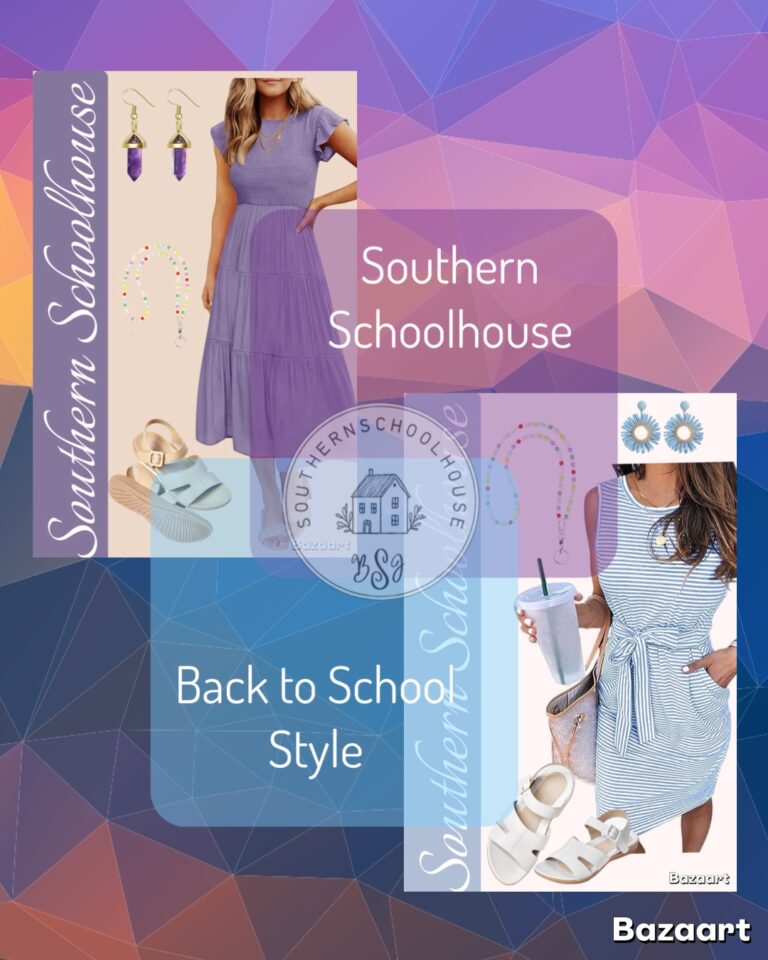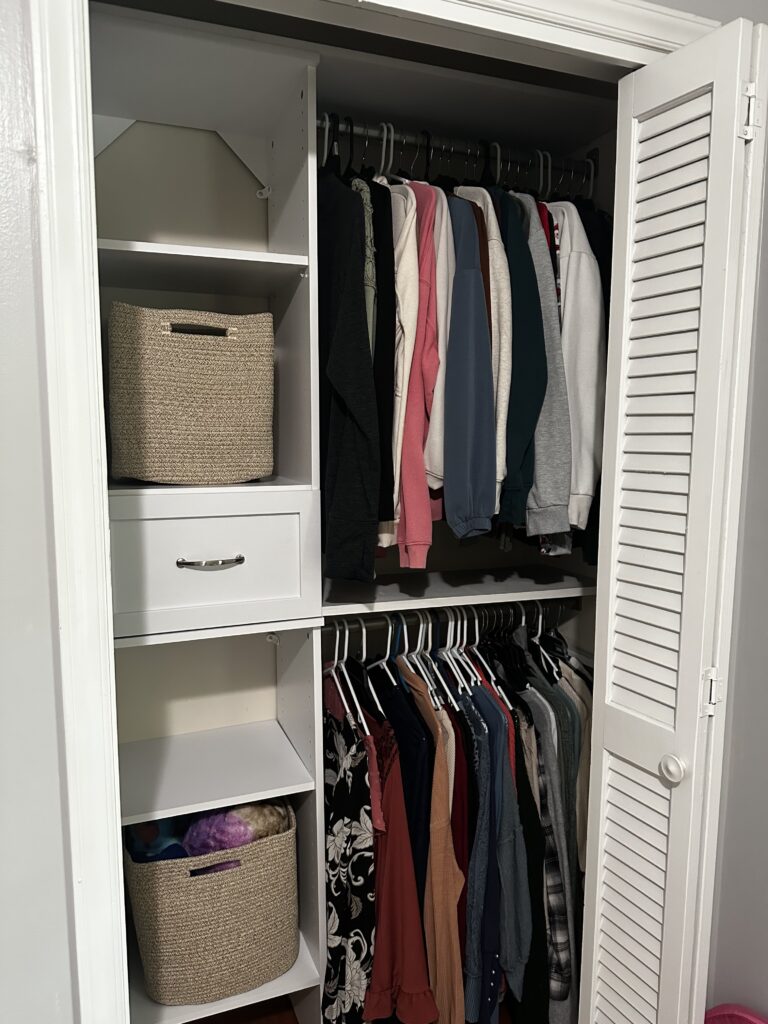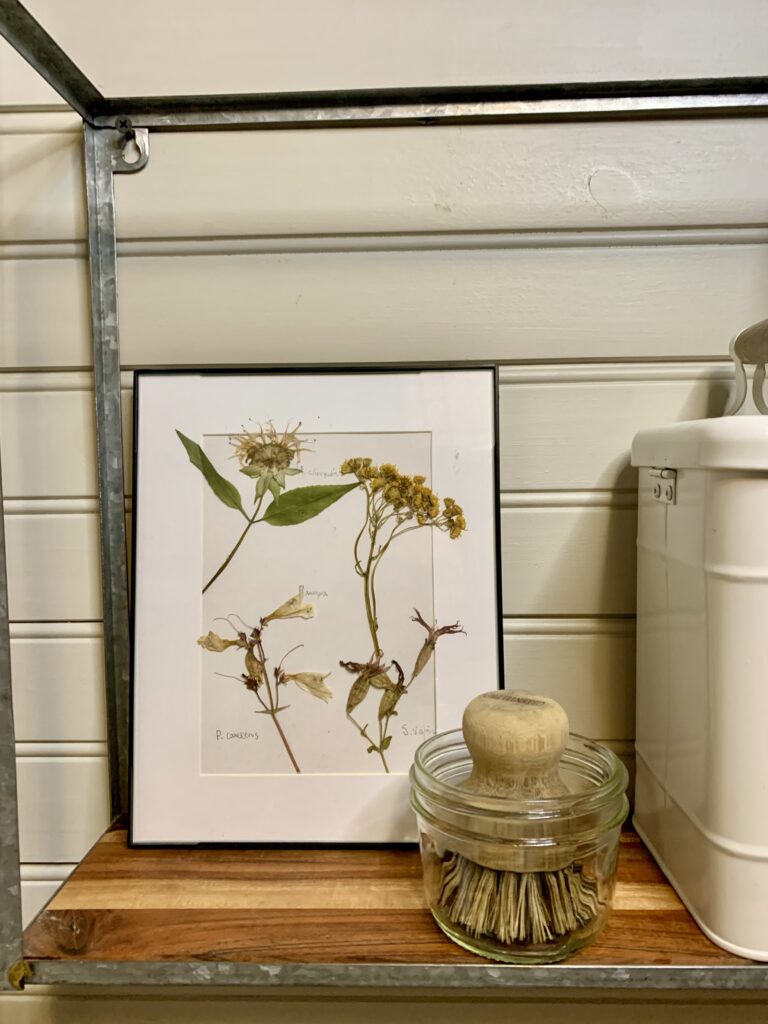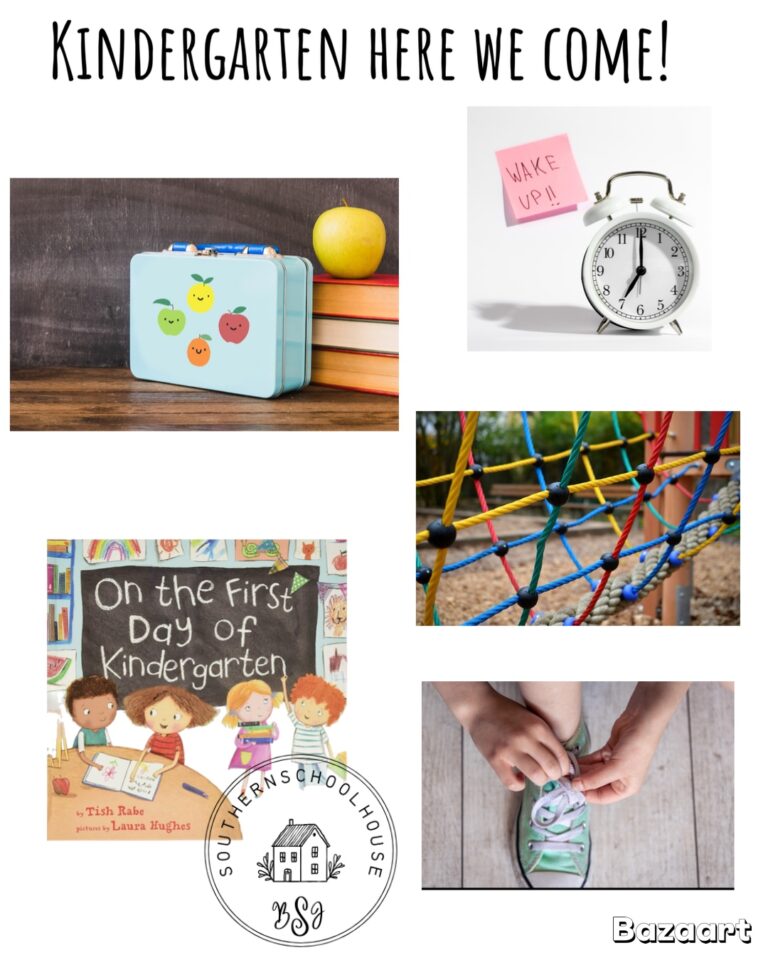By Shannon at the Southern Schoolhouse
A day off for a teacher is not easy. There is so much that goes into planning for a missed day of school. I remember spending hours prepping for just one day off because of an appointment or because one of my own kids was sick. In this article, I am going to provide a few simple things you can do to make taking a day off a little easier.
How to Create Your Template
At the beginning of the year, once I have my schedule (whether in general education or special education), I create a sub plan template. I use a spreadsheet, but you can also use a table in Google Docs. My template includes a column for time slots, a column for subject areas, and two additional columns—one for the lesson plan and another for any notes the substitute may need (see an example below).
For special education plans, you might also include the students in each block and any notes about those who have a Behavior Intervention Plan (BIP) or other accommodations.
| 8:30-9:30 Math | Plans | Notes |
| Materials needed | Whole group lesson: Small group activity: Independent activity: | Group rotations: (include students and rotation times) |
What to Include
Within this template, include routines, expectations, and other details that don’t change often. The initial setup takes some time, but once it’s done, you’ll only need to make minor adjustments as needed.
Here are a few things to consider adding:
- Recurring student schedules – Example: A student leaves for resource class every day at 10:00 AM, another student visits the nurse daily at noon, or students have a set time when they can go to the media center.
- Class expectations – You may want to add a box at the beginning of the template outlining behavior expectations for instructional time, recess, and lunch.
- Subject routines – Example: If your reading block follows a set pattern (read-aloud, small groups, independent practice), you can bullet-point the structure in the plan section and only update the lesson details.
- Special area schedule – For subjects like art, music, or PE, include which special area class students attend each day so it is always accounted for.
| 9:30-11 Reading | Plans | Notes |
| Materials needed: | Read Aloud: Small Group: Independent reading: | 1. Susan, John, Lee and Mary go to Mrs. Wilson’s class. 2. Students are allowed to go to the media center from 10-10:30 am (if needed). The two passes are hanging by the door (so only two at a time) |
Use Familiar Activities
Always include activities that have already been taught and practiced. Students benefit from reviewing previously learned material.
For my exceptional children (EC) pullout groups, I include two or three activities related to skills we’ve been working on. This is helpful because if I know I might be out soon, I already have something prepared, reducing the time needed to complete sub plans.
How to Organize Your Plans
I use a storage container where each block or group has a labeled folder in order. This allows me to store additional materials, such as markers or manipulatives, needed for the activities.
For example, Joy uses a file folder box with labeled sections for each group. You can use whatever system works for you, but choose something that is easy to update and can store both materials and lesson plans.
I also keep the plans, attendance sheets, and any BIPs (for special education teachers) attached to a clipboard on top for easy access.
Final Thoughts
I hope these tips help save you time when you need to be out. Remember, when a teacher is absent, the day feels different for students. Having clear plans and routines in place helps make the day as normal and structured as possible.









